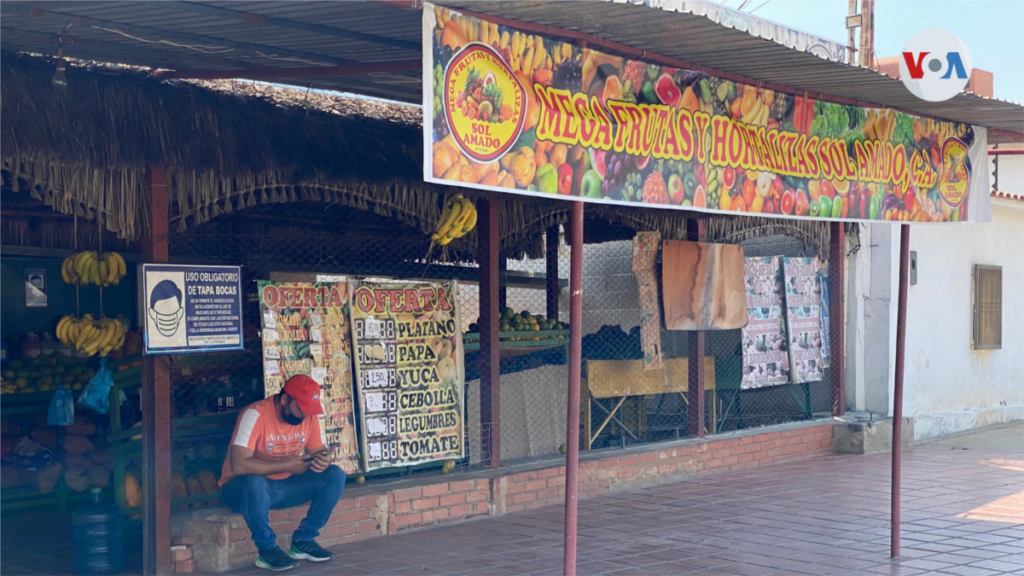
The International Finance Corporation (IFC), a member of the World Bank Group, presented the results of the Green Taxonomy Colombia whose first phase is progressing under the leadership of the Ministry of Finance and Public Credit and the Financial Superintendence.
(Duque agrees that 30% of the Colombian marine area be protected).
The definition of this classification system for economic activities and assets seeks to contribute to the achievement of the country’s environmental objectives and commitments. The Green Taxonomy also facilitates the identification of projects with environmental objectives, develops green capital markets and promotes the effective mobilization of private and public resources. towards investments that allow compliance with the country’s commitments prioritized in the National Development Plan, the Framework Convention on Biological Diversity and the Sustainable Development Goals, among others.
The Colombia Green Taxonomy incorporates definitions aimed at supporting various public and private actors, such as bond issuers, investors, financial institutions, public entities, among others, in the identification of investments that can be considered green or sustainable.
The initiative had the support of the Climate Bonds Initiative, an international organization that works to mobilize global capital towards climate actions, and the Sustainable Banking and Finance Network (SBFN), which is a unique platform of regulators and banking associations interested in promoting practices of sustainable banking under the coordination of the IFC.
(2022 begins with an emergency call for climate change).
In this regard, Makhtar Diop, Managing Director and Executive Vice President of the IFC, stated: “Climate change is the crucial challenge of our time, and the world must rapidly increase financing for sustainable investments. Guidelines that provide clarity to investors, such as Colombia’s Green Taxonomy, are a crucial component of that effort.”.
“At IFC, we believe that green finance, based on verifiable standards, is key to driving change. We are proud to work with Colombia in establishing solid environmental standards that are an example for the region”, Dio added.
Entities such as the Ministry of the Environment and the National Planning Department (DNP) also participated in the construction of the first phase of the green taxonomy in order to comply with the strategies and policies outlined by Colombia in terms of sustainability.
“Today we present the result of an important work of articulation between the different participants in the development of the first phase of the Green Taxonomy of Colombia. This taxonomy is, without a doubt, an example of our commitment to green finance and the instrument for the industry to take advantage of an unprecedented opportunity to redefine the way in which finance pursues broader objectives and more ambitious goals in the construction of a greener and more inclusive society”highlighted the Financial Superintendent of Colombia, Jorge Castaño Gutiérrez.
It should be noted that one of the fundamental commitments of the Paris Agreement -international treaty on climate change signed by Colombia in 2015- is precisely the development of a green taxonomy by 2030.
As a result of the commitment to increase the emission reduction targets for greenhouse gases (GHG) from 20% to 51% by 2030, which is one of the most ambitious goals for Latin America and the Caribbean, Colombia is today a leading nation in the context of emerging markets.
The 51% goal is expected to trigger a major change that will affect all industries in the Colombian economy throughout the decade.
BRIEFCASE
















